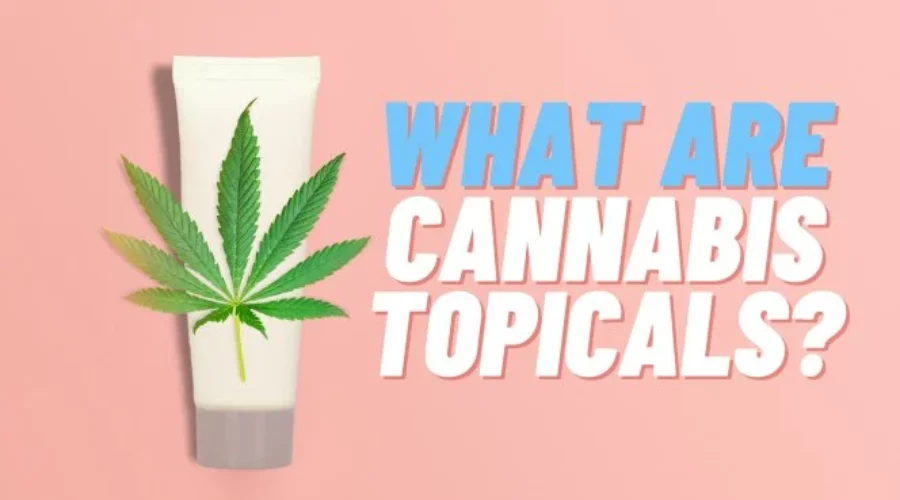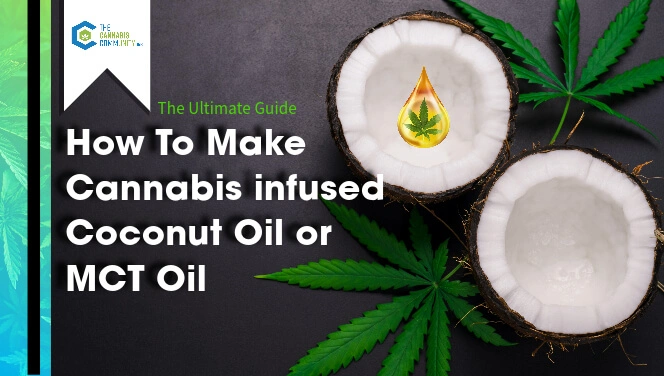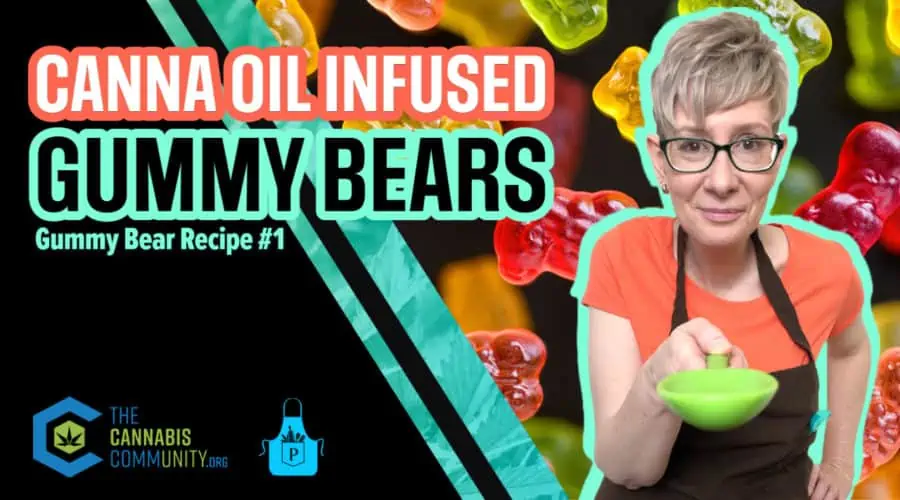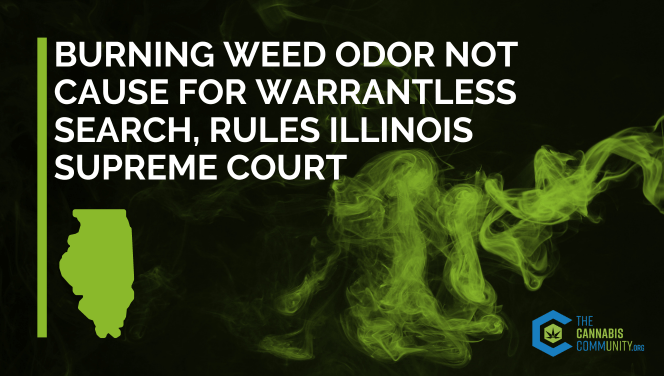Guide to Cannabis Topicals – Here’s What You Need To Know
Table of Contents
What Are Cannabis Topicals?
Curious about cannabis topicals and what they can do for your health? If so, you’ve come to the right place!
From what they are and how to use them, to the different forms and benefits they offer, this guide will provide all the information you need to understand these products.
With this knowledge in hand, you’ll be able to make an informed decision about whether or not these products are right for you.
So read on to learn more about cannabis topicals and what they can do for your health.
Cannabis topicals are products infused with either THC or CBD, the two most well-known cannabinoids found in cannabis, and are usually applied to skin, nails, or hair to treat pain or other inflammation-causing conditions.
Topicals now include some minor cannabinoids but generally THC- and CBD-infused topicals remain the most popular and available.
The history of topical cannabis dates back thousands of years to when cannabis was used by the ancient Egyptians to treat wounds, and has been used in Ayurvedic medicine in India for skin conditions such as eczema and psoriasis since 1000 B.C.
In the 20th century, scientists began to study the effects of cannabinoids on the skin and discovered that they have anti-inflammatory properties which can be beneficial for treating a range of skin conditions.
Upon application of a cannabis topical, its cannabinoids interact with cannabinoid receptors in our endocannabinoid system, whose job it is to regulate inflammation, pain, and other biological functions.
These cannabinoid receptors include CB1 and CB2 receptors — CB1 is primarily responsible for psychoactive effects while CB2 does not produce a high but helps regulate inflammation.
THC and CBD interact differently with each of these receptors: THC binds more strongly with CB1 receptors while CBD binds more strongly with CB2 receptors.
When applied to the skin, cannabis topicals work by interacting with these cannabinoid receptors without entering the bloodstream like edibles or other forms of cannabis do.
This makes them effective for managing inflammation and localized pain without experiencing any psychoactive effects.
Are Topicals Legal in the United States?
Cannabis topicals are legal in the United States. However, the laws related to their use vary from state to state.
The 2018 Farm Bill removed hemp-derived products from the Controlled Substances Act, making it federally legal for everyone to produce and purchase hemp-derived products.
Despite this bill, many states still have their own laws when it comes to cannabis topicals, so it is important to check your state’s regulations before purchasing or using them.
Some states may require you to get a medical prescription or license before using cannabis topicals.
You should also be aware of any restrictions or taxes that may be applied when purchasing these products in certain states.
What Are The Different Types of Cannabis Topicals?
Each type of topical offers unique advantages based on its formulation, so it’s important to choose one that offers the benefits you are looking for. Cannabis topicals come in a variety of forms including:
- Creams
- Lotions
- Balms
- Salves
- Gels
- Transdermal patches
What Are the Benefits of Cannabis Topicals?
The benefits of cannabis topicals are varied and include:
- Pain relief
- Anti-inflammation
- Reduced swelling and redness
- Improved skin condition
- Relief from itching and burning sensations
- Nourish and protect the skin from environmental damage caused by sun exposure and other environmental agents
Cannabis topicals are especially helpful for those suffering from conditions such as:
- Arthritis
- Chronic conditions
- Itching
- Redness
- Swelling
- Psoriasis
- Eczema
- Dermatitis
- Muscle soreness
- Sprains or strains
- More serious conditions like cancer-related pain and nerve damage
How Much of a Cannabis Topical Should I Apply for the First Time?
When applying cannabis topical for the first time, it is important to be mindful of dosage. Depending on the concentration of the product and individual tolerance, a small amount should be applied initially.
Start with a pea-sized drop, and evenly spread it over the desired area. This will help you gauge your own personal response to the topical and determine if more or less is needed.
Most instructions advise waiting at least an hour after application to assess how your body reacts before increasing the dosage.
If any discomfort occurs, reduce or discontinue use until further consultation with a healthcare professional.
How Long Does a Cannabis Topical Take To Work?
Cannabis topicals start to show effects after about 10-15 minutes of application. The amount of time it takes for the effects of a topical application to become noticeable varies depending on the individual and the type of product being used.
For example, a balm or salve might take longer to take effect because they need more time to be absorbed by the skin, unlike a lotion or spray.
Those with deeper skin layers may require more time for the cannabinoids to reach their bloodstream.
The effects of cannabis topicals can last anywhere from two to four hours, depending on how much is applied and how strong it is.
Lighter doses tend to last for a shorter amount of time than heavier doses. When applying cannabis topicals, it is important to start with a lower dose and gradually increase it as needed to find the optimal level of relief.
If you use too much or apply too often, you may experience skin irritation or other side effects such as redness or burning.
It is best to consult with your doctor before using cannabis topicals to ensure that you use them safely and effectively.
What Should You Do and Not Do With Cannabis Topicals?
DO: Follow All Instructions on the Label Regarding Usage
Different products contain varying concentrations of cannabinoids and terpenes which can affect how each person responds to that product.
It is important to read labels carefully, consult a knowledgeable healthcare provider, and research before using any topical product.
It is crucial to start with a low dose and gradually increase as needed to find the best level of relief for you.
DO: Keep Cannabis Topicals Away From Children and Pets
Cannabis topicals may be beneficial for certain medical conditions, but if ingested by children or pets, they may cause serious health problems.
It is important to store cannabis topicals safely and securely in places where children and pets cannot access them.
DO NOT: Apply Them Directly To Open Wounds or Broken Skin
It is not recommended to apply cannabis topicals directly to open wounds or broken skin, as this can increase the risk of irritation and infection. It is best to allow any cuts or abrasions to heal before applying any topical treatments.
Ensure that your product does not contain any ingredients that may irritate your skin or cause an allergic reaction.
If you have sensitive skin, patch-test a small area first before applying the topical treatment more widely.
Taking these precautions will help reduce the risk of experiencing any adverse effects when using cannabis topicals.
DO NOT: Use Cannabis Topicals Near Your Eyes or Other Sensitive Parts of Your Body
Avoid contact of cannabis topicals with your eyes and other sensitive areas of your body as this may cause discomfort or even an allergic reaction.
Cannabis topicals can be applied directly to the skin, but should be done carefully and cautiously.
If you experience any redness, swelling, itching, or burning sensations when using cannabis topicals, discontinue use immediately and consult a doctor if necessary.
Need a Medical Cannabis Card? Get Certified in Minutes
Enjoyed This Content? Read More:
-
How to Make Cannabis-Infused Coconut Oil or MCT Oil: Crockpot Recipes
In this guide, you’ll learn how to make cannabis-infused coconut oil or MCT oil, decarboxylate cannabis, or choose to infuse cannabis into any oil of your choice.
-
How to Make THC Gummy Bears with Canna Oil
This is a great no-fail recipe for beginners. The corn syrup in this recipe will help your gummy bears have that nice and chewy texture we’ve all come to love.
-
Burning Weed Odor Not Cause for Warrantless Search, Rules Illinois Supreme Court
A Landmark Case for IL Medical Cannabis Patient Protections On September 9th, the Illinois Supreme Court issued a major victory for cannabis consumers and patients, declaring that the aroma of burnt cannabis is insufficient probable cause for a warrantless search. Illinois has long been at the forefront of the fight for plant medicine. Medical patients…
-
GMO Cookies: A Strain Review of Its Potent Aroma and Powerful Effects
GMO Cookies is a popular cannabis strain for homegrow. Here’s what you need to know to get started with these seeds.
-
Cherry Pie Cannabis Strain: A Sweet Treat with Potent Effects
Cherry Pie is a popular cannabis strain for homegrow. Here’s what you need to know to get started with these seeds.








